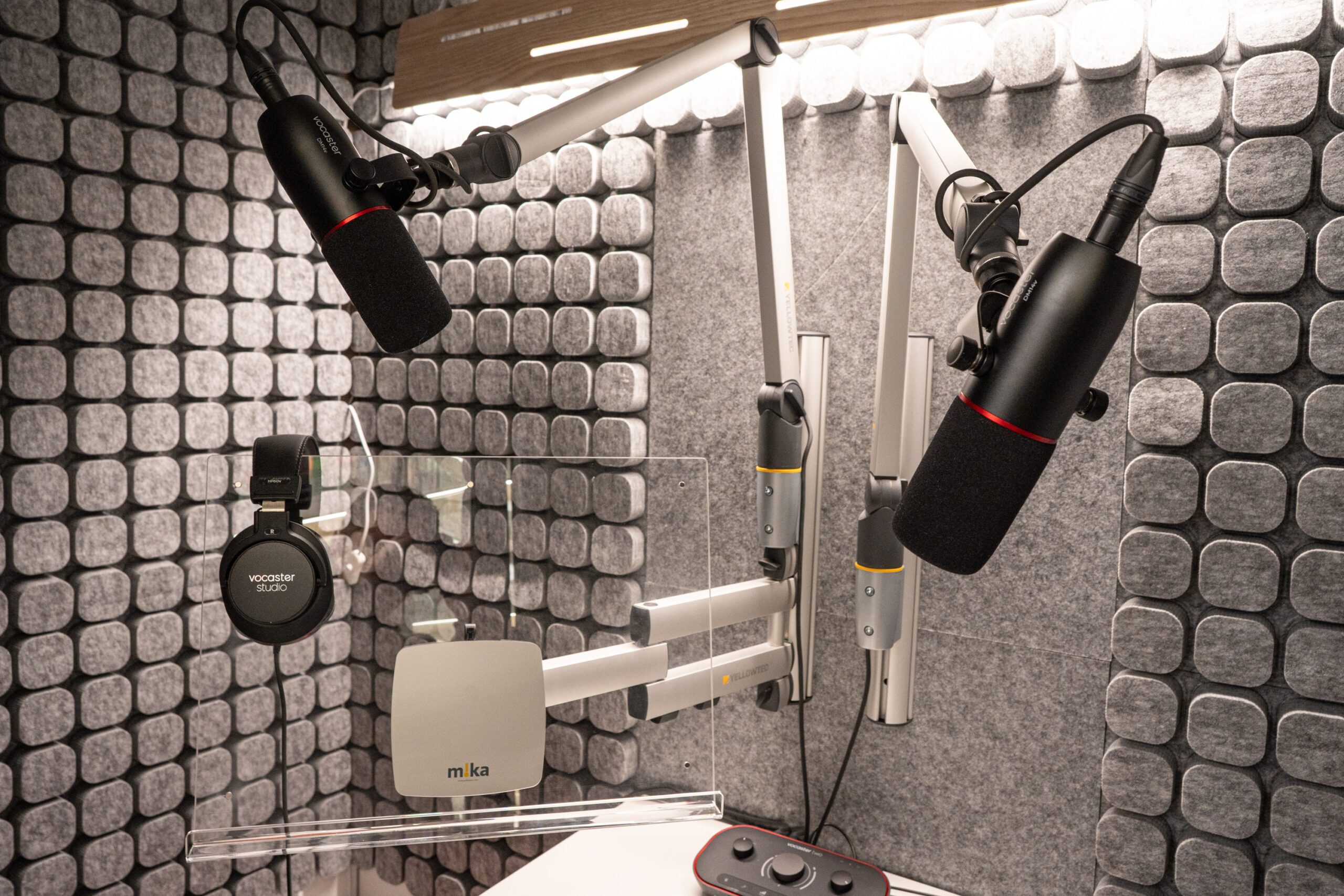IPSE partner with Spotlight to give us their article on managing pensions (Otherwise known as ‘how to stop worrying and defuse the savings time-bomb!’)
Pensions. They’re not a comfortable thing to talk about, are they? You don’t like thinking about getting to retirement age – let alone the ticking savings time-bomb you’re sitting on. But if you’re self-employed, you don’t have your cushty employer pensions contributions to fall back on. So, unfortunately, you really do need to think about it – and fast.
The good news is, there are a few clear steps you can take to defuse the savings time bomb and get your pension sorted.
1. Plan your future finances
In the UK, whoever you are, you’re entitled to a flat-rate state pension (at the moment it stands at £168.60). But if you’re self-employed, unfortunately, it stops there. And the question you’ve got to ask is: will that be enough? For many people, it won’t be, so you need to start planning your own pension.
2. Choose a pension plan
Unlike employees, self-employed people aren’t auto-enrolled onto a pension scheme by their employers. Instead, they’ve got to handle it themselves. So, you have to look at the different kinds of pension available.
There are three different kinds of private pension open to you:
- An ordinary personal pension (which you can get from most large providers)
- A stakeholder pension (which caps the maximum charge at 1.5 per cent)
- Or, you can make the investments directly yourself with a self-invested personal pension (SIPP). This route gives you more investment options, but you might face higher charges.
There is also one other route that could work for you: NEST. Although it is predominantly a workplace pension scheme, the National Employment Savings Trust is also open to most self-employed people and sole business owners. You can check your eligibility on the NEST self-employment page.
3. Calculate how much you need to save
Next, you need to think about how much you’ll need for your retirement – and how much you can afford to set aside for it.
How much you need to save, of course, depends on how far you are away from your retirement. If you’re still young, you can afford to start low, but if your retirement is getting closer, you may need a higher starting point. Many freelancers use their age as a gauge. So, if they start at 34, they save 17 per cent or if they start at 50, they save 25 per cent.
There are also plenty of useful tools out there to help. Pension calculators can estimate your retirement income based on, for example, how long you’ve been saving and how long until you retire.
Some reliable calculators are: the Money Advice Service, Age UK, Pension Bee, Standard Life and Aviva.
There are many different ways to save for your retirement. But if you’re one of the 62 per cent of self-employed people without any pension savings, the most important thing is that you start now! Get out there and defuse that savings bomb.
IPSE, the Association of Independent Professionals and the Self-Employed, is the voice of UK’s self-employed population.
As a non-profit organisation, we have our members’ best interest at heart as we provide clarity and reassurance. Having a strong presence at Downing Street and Parliament, allows us to speak on behalf of our members to make a difference and push for a greater change.
We ensure that freelancers have access to the benefits that they need the most to run their business! Catering for all with bespoke packages for independent workers including: insurances, reward schemes, legal and tax advice and so much more. Take a look at the IPSE benefits available to Spotlight members here.



















